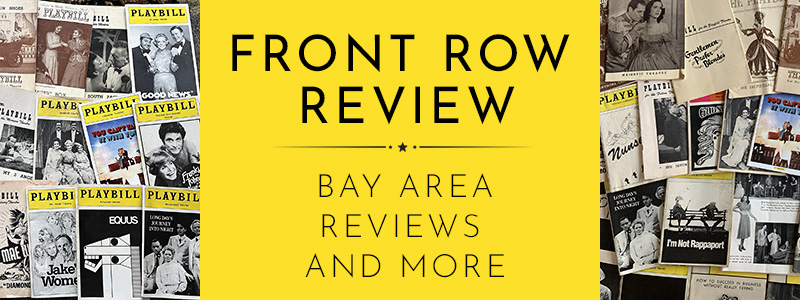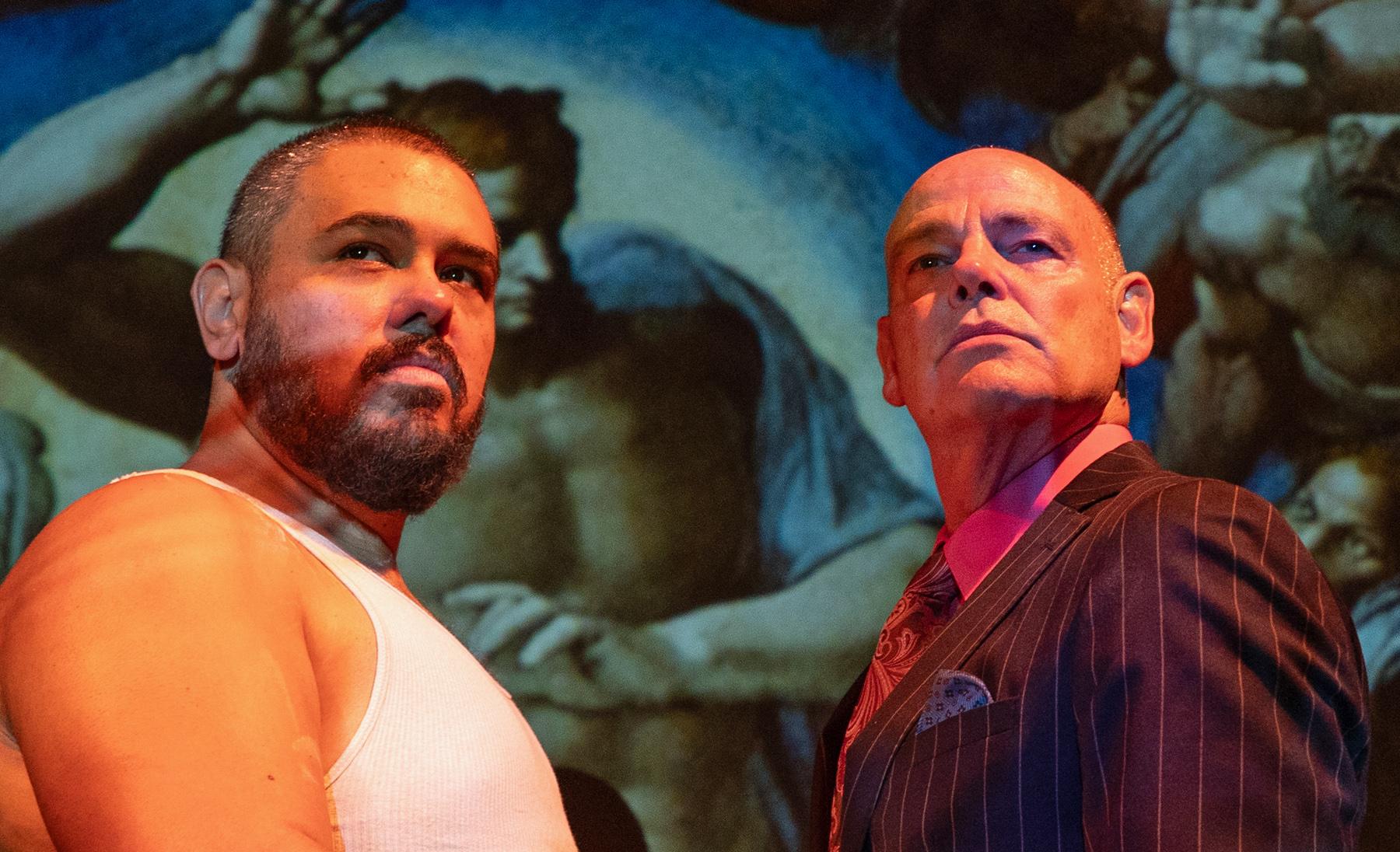The beauty of Gary Graves’ play, The Contest at Central Works, lies in the depth and complexity of its three historical characters set against the political tumult of Florence in 1504. The play imagines a fierce artistic rivalry between two of the world’s master artists. Michelangelo, the young, radical, passionate sculptor who created the masterpiece David. Leonardo da Vinci, the older renowned painter, scientist, architect, and mathematical genius.
Each artist is tasked with creating a massive mural of a different military victory. They are to be adorned on opposite walls of the Great Hall of the Republic. Citizens will cast votes to determine the artistic winner. The event unfolds as a masterly created diversion for the people by the religious and state leaders. War constantly threatens, and the political back drop continually shifts.
A battle of egos ensues, as many competitions do. Rivalry mounts as the voices rise. The deceptive author of The Prince, Machiavelli, expertly portrayed by Alan Coyle, maintains the tension, as well as assuages anger. He is noted for his cunning diplomacy. Yet, ingrained in his belief: the ends justify the means, and immorality is part of that justification. No matter what, he will, as an agent of the state, ensure both artists continue their work.
Graves magnifies the passion of the competition, politics, and the distinct difference in their art. Yet, at the same time, the play spotlights all competition challenges, individual choices, and the consequences of losing.
Nathaniel Andalis’ Michelangelo presents himself a confident sculptor to da Vinci, yet when alone, he feels anxious and insecure about his painting ability. Michelangelo, through Andalis, subtly musters the strength to defend his abilities to da Vinci, delightful to watch.
Christopher Herold’s excellently depicts conceited da Vinci as charming, yet an unmanageable genius with an unending self-assurance. de Vinci’s mathematics and architectural talents surpass any of its kind in that era. He even designs a better military fortress for the city!
The two visions of their paintings naturally differ. The emotional, advent-garde romantic, Michelangelo, focuses on the nudity of sun-bathing soldiers who, when suddenly attacked, win a fierce battle. Conservative Realist, da Vinci, who has witnessed the terror of war, paints the horrors of it, men from the Middle Ages wielding weapons of war, and delivering death to their foes.
“The Contest” is a visionary wonder. I clearly can imagine every described scene, especially the details of their paintings—as if I walked into the painting. Projection Designer, Gregory Scharpen’s images of da Vinci’s designs, and the shadows made a small theatre feel very large. Well done.
Do you wonder who wins the contest?
Central Works and Gary Graves do it again: present a thought-provoking “Part 3” in a 5-Part cycle of plays under a larger title: The Prince. This “Part 3” is a moving historical with dynamic characters, and a script that grabs hold of you for every moment of the play. A must see.
“The Contest” written and directed by Gary Graves, Costumes by Tammy Berlin at Central Works, Berkeley Info: www.centralworks.org through November 17, 2024
Cast: Nathaniel Andalis, Alan Coyle, Christopher Herold
Header: Nathaniel Andalis (Michelangelo), Christopher Herold (da Vinci)
Photos by Robbie Sweeny


